 |
| Lily 8.25×6.25 Woodblock print with watercolor and colored pencil |
Process shots begin at the bottom of this post. The woodblock print is available in my Etsy shop.
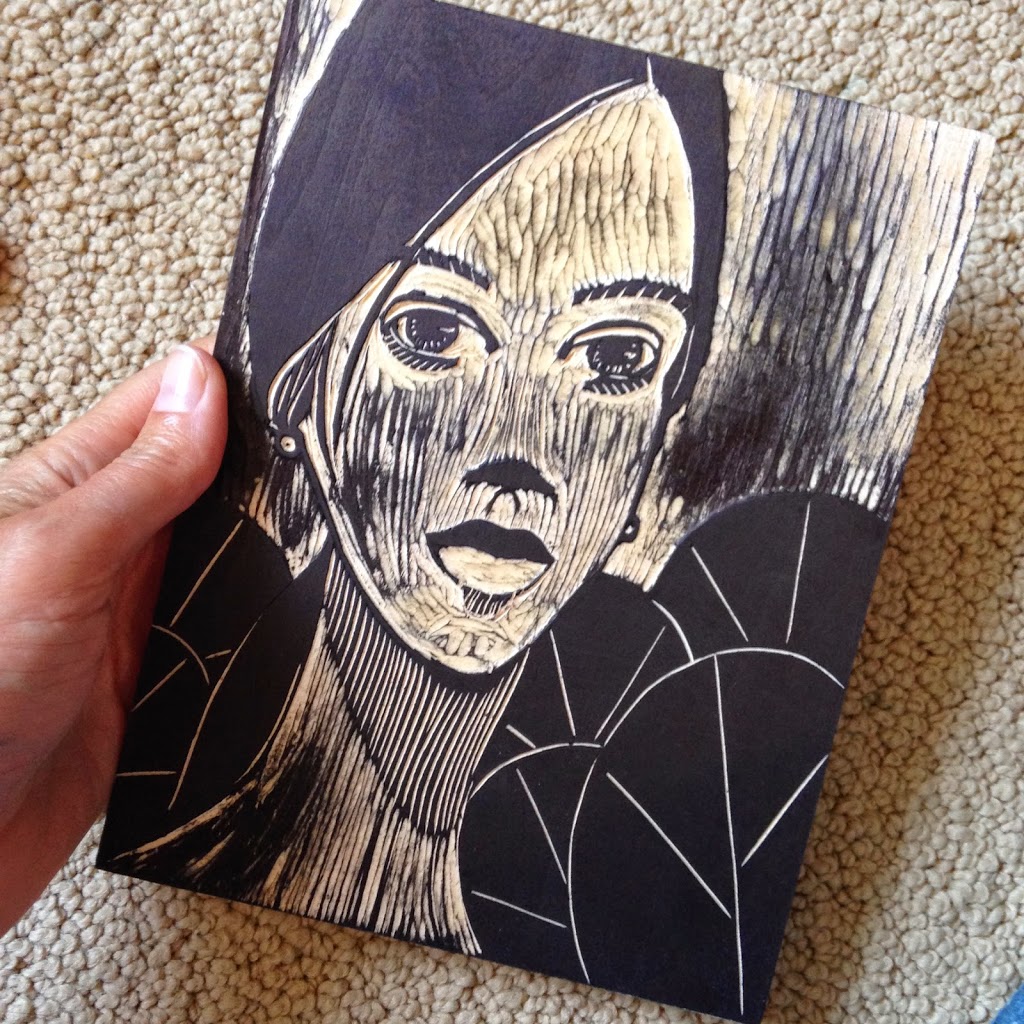 |
| The shina block Lily was printed from, after printing an edition of 25 |
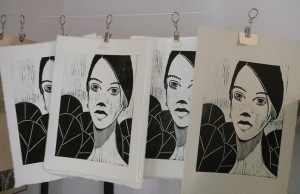 |
| prints hanging to dry |
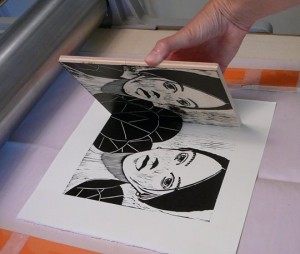 |
| pulling prints on a variety of papers |
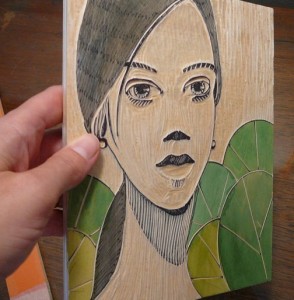 |
| Shallow contour carving, in the direction of the grain, ready to proof print. |
I used black marker and some watercolors to map the “dont cut here” sections. I usually seal my drawing & color notes with Minwax Golden Pecan Wood Sealer, using a foam applicator. It smooths wood grain, reduces chipping while cutting, and facilitates wiping ink after proof printing to get back to the drawing if more carving is needed. Flexcut palm tools are my favorite carving knives.
| inspired by a doodle, sketched onto a block of shina wood |
Are you familiar with the wonderful woodcuts produced by Tugboat Printshop every year? They do crazy-detailed, large format block prints, in multiple colors. Here’s a snippet of video, showing a little carving expertise on the woodcut Garden. Cutting a woodblock is a slow and meditative process – not to be rushed. It’s a perfect medium to try for any creative someone who wants to s-l-o-w-d-o-w-n. Be inspired. 🙂 If you receive this post via email, you can watch the video here.
The Wiener Werkstätte devoted and entire floor of it’s factory at 32-34 Neustiftgasse to graphic art. Here it produced stationary, ex-libris, book design and what some consider it’s crowning achievement: postcards. In total, 925 postcards were printed between 1907-1920, some in very limited runs and other in runs of up to 1000. Encompassing primitivism, expressionism and art deco, these cards reflect the vibrant art scene of pre-war Vienna. Although the Wiener Werkstätte officially began producing postcards in 1907, it did issue a Christmas card and New Years card based on designs by Carl Otto Czeschka in 1905. Only about 100 of these cards were printed and they remain extremely rare.
Postcards as a commodity were an Austrian invention with the first postcards appearing around 1869, though it wasn’t until chromolithography techniques began to be used in the late 1890’s that postcard collecting became fashionable. It is thanks to this trend in collecting that many of the Wiener Werkstätte postcards we find today are unused and in surprisingly good condition (the only exception being the greeting cards which were printed in small runs and often mailed).
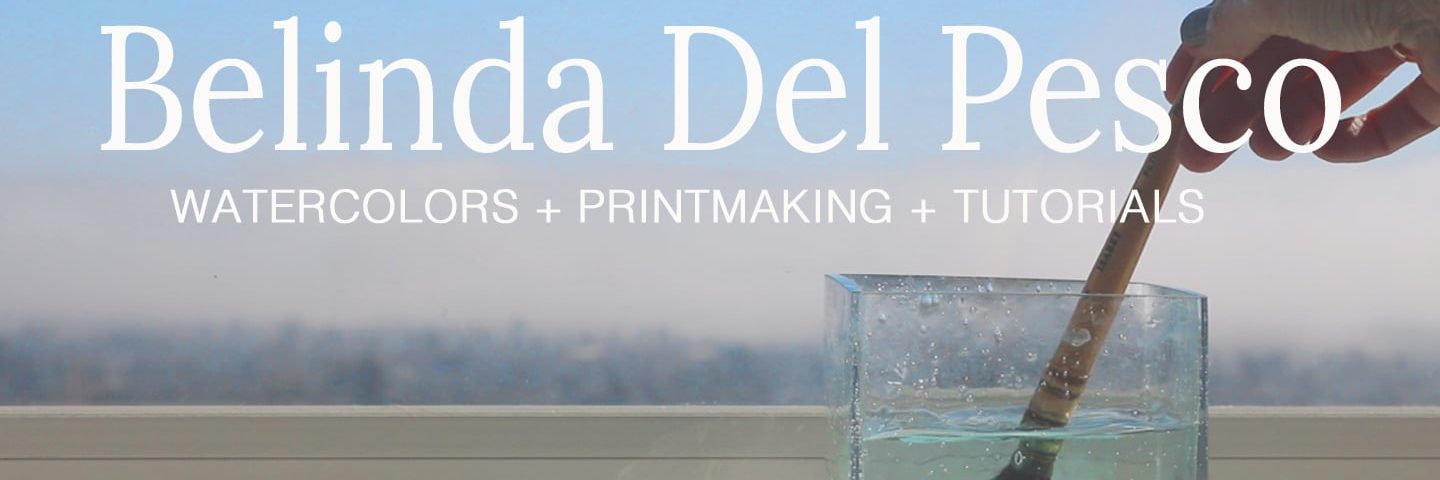
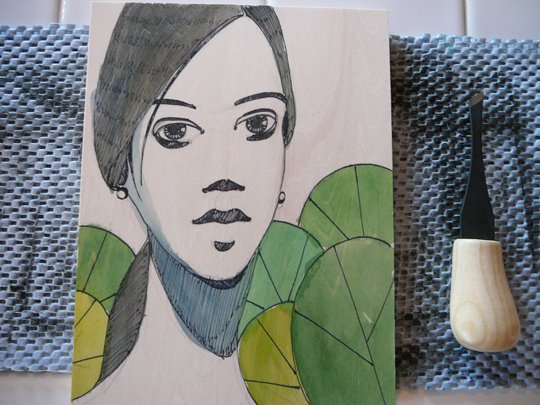
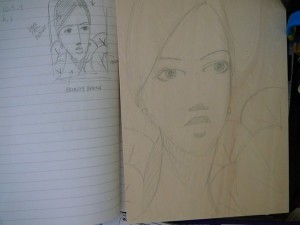
Love this Lily. Beautiful and super video.
Such virtuous patience. Awesome results.
XOXOXOXOXO Barbara